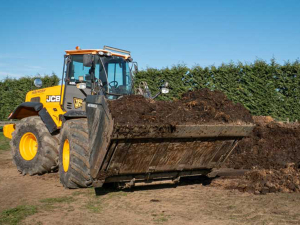Milking is done daily at the farm’s 14-a-side herringbone shed. Milk is trucked to the Clevedon Valley Buffalo Company nearby and turned into mozzarella, cheeses, yoghurts and lassi for local restaurants, the Clevedon farmers market and export to Australia.
The farm owns 140 buffaloes, imported from Darwin seven years ago. In winter 40 buffalo cows are milked daily; in summer 80 cows pass through the shed daily. A run-off block near Ness Valley is used to raise heifers and bulls.
Farm manager Richard Keast has been on the farm since day one. He’s a sheep and beef farmer from Omarama, Otago, who moved to Waiheke Island to manage a merino farm. Later, while working on a dairy farm in Clevedon, the farm owner decided to launch the buffalo project.
“My ears pricked up when they decided to milk buffaloes,” he told Rural News. “I was trying to figure out how they would do it.”
The first animals arrived in 2007, flown to Auckland in groups of 15-20. In Darwin they were raised for meat so they arrived at Clevedon never milked.
Buffaloes are huge, Keast points out. A cow weighs 800-1000kg, a bull as much as 1300kg. Otherwise they are like any other bovine.
“They can be a little intimidating until you get to know them. The time you need to be careful is when they have a calf on them; they are very protective of their offspring.”
It took Keast about three weeks to train the buffaloes for milking.
The buffalo milk production curve is slightly different from the dairy cow’s. Milk production peaks in September and retreats before peaking again in late summer; milk from buffaloes in late summer is mostly used to make mozzarella.
The Cleveland Buffalo Company is happy with progress over the last seven years. But Keast says with the buffaloes’ “large imprint” on the land it is looking at having fewer animals with better milk yields. A breeding programme, using semen from Italy, is underway.
Buffalo cows have a 10.5 month gestation, compared to nine months for a dairy cow. Calving is year-round on the farm; a bull is with the cows all the time.
Milk solids production is double that of a dairy cow. Cleveland’s cows produce 5-13L daily.
They eat mostly grass pasture supplemented by maize, lucerne and formulated nut feed from SealesWinslow. No PKE is fed.

















